-
Amhuluk
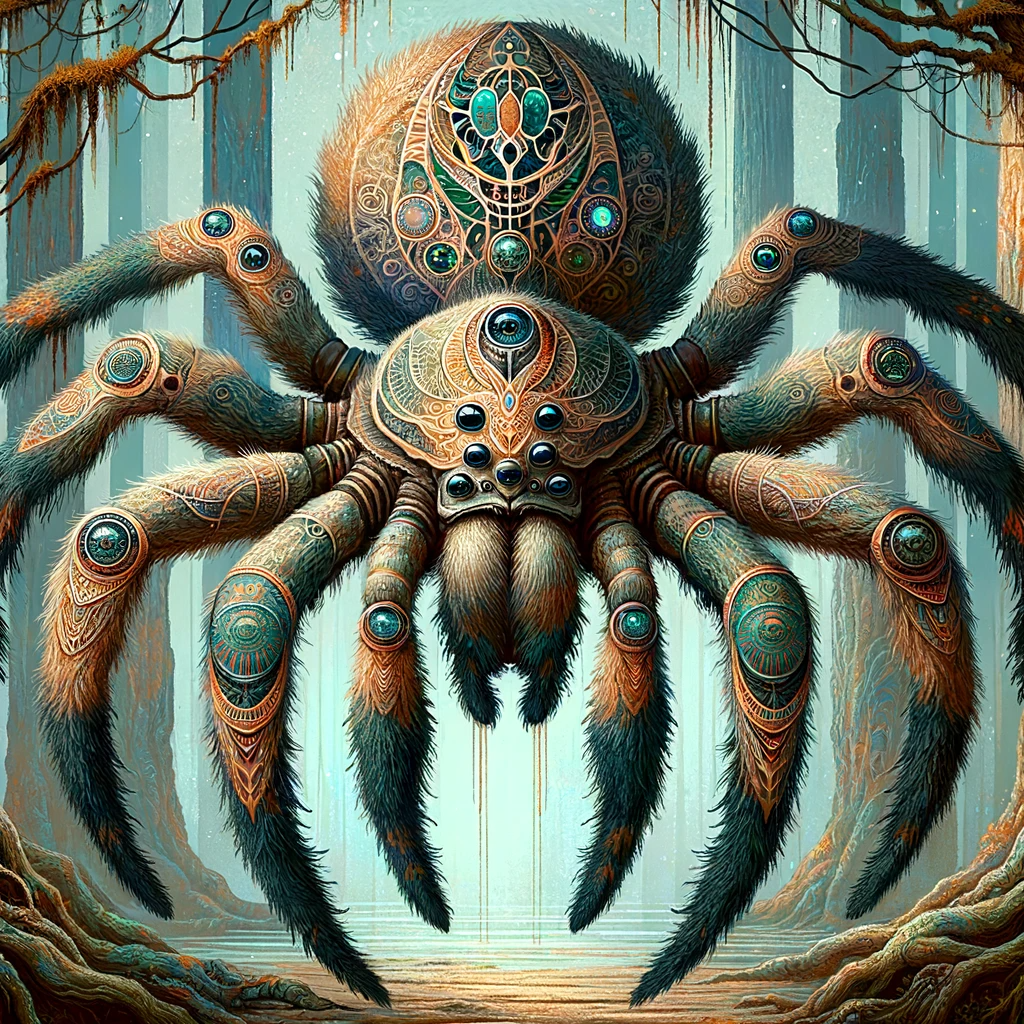
Amhuluk, a fascinating figure in Chinook mythology, embodies the intricate and mystical aspects of Native American folklore. This spider deity holds a special place in the pantheon of spiritual beings and is revered for its unique characteristics and symbolic significance. Origins and Attributes Amhuluk, whose name resonates with the mystery of its origins, is a…
-
Utset
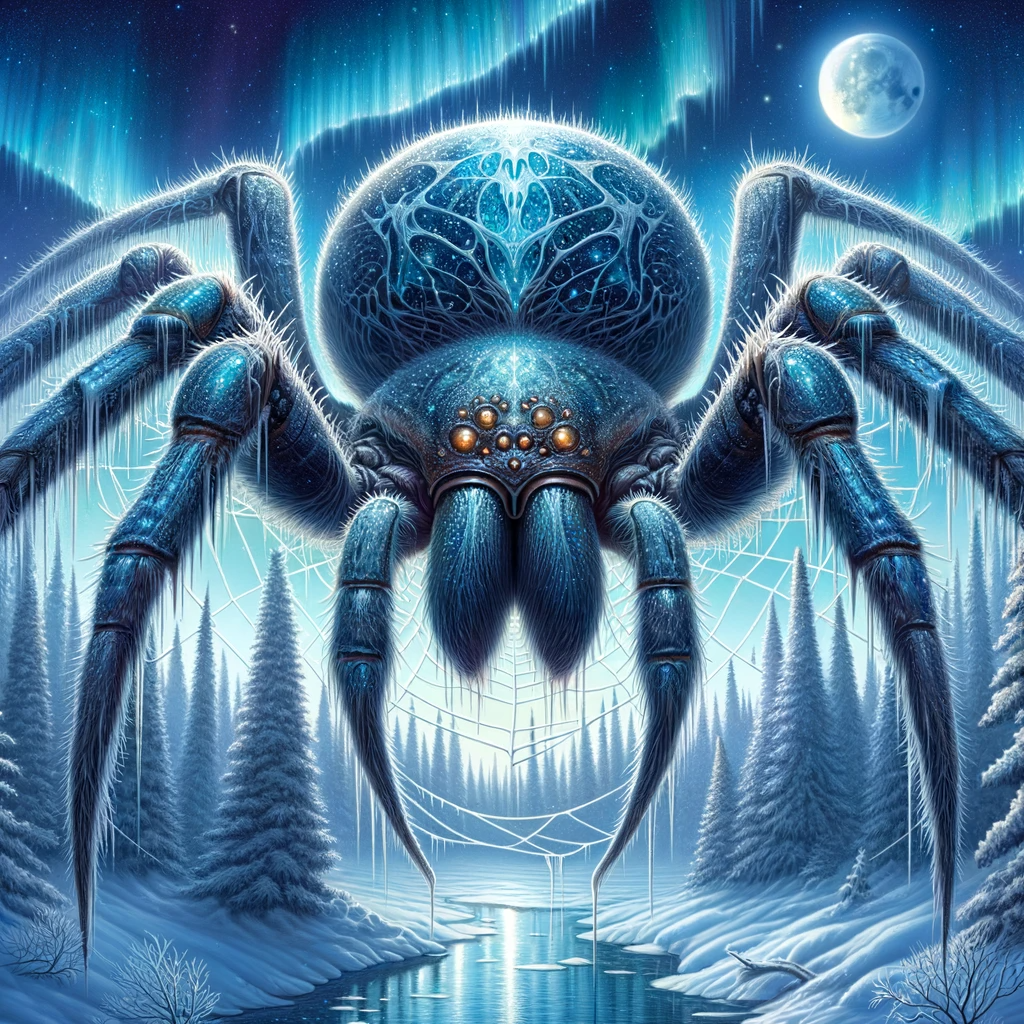
Utset, a lesser-known but fascinating figure in Siberian mythology, stands as a compelling example of the rich tapestry of beliefs and legends in the region. Siberian mythology, influenced by the diverse cultures of the vast Siberian landscape, is a blend of shamanistic traditions, animism, and totemism, reflecting the deep connection between the people and the…
-
Kutkhe
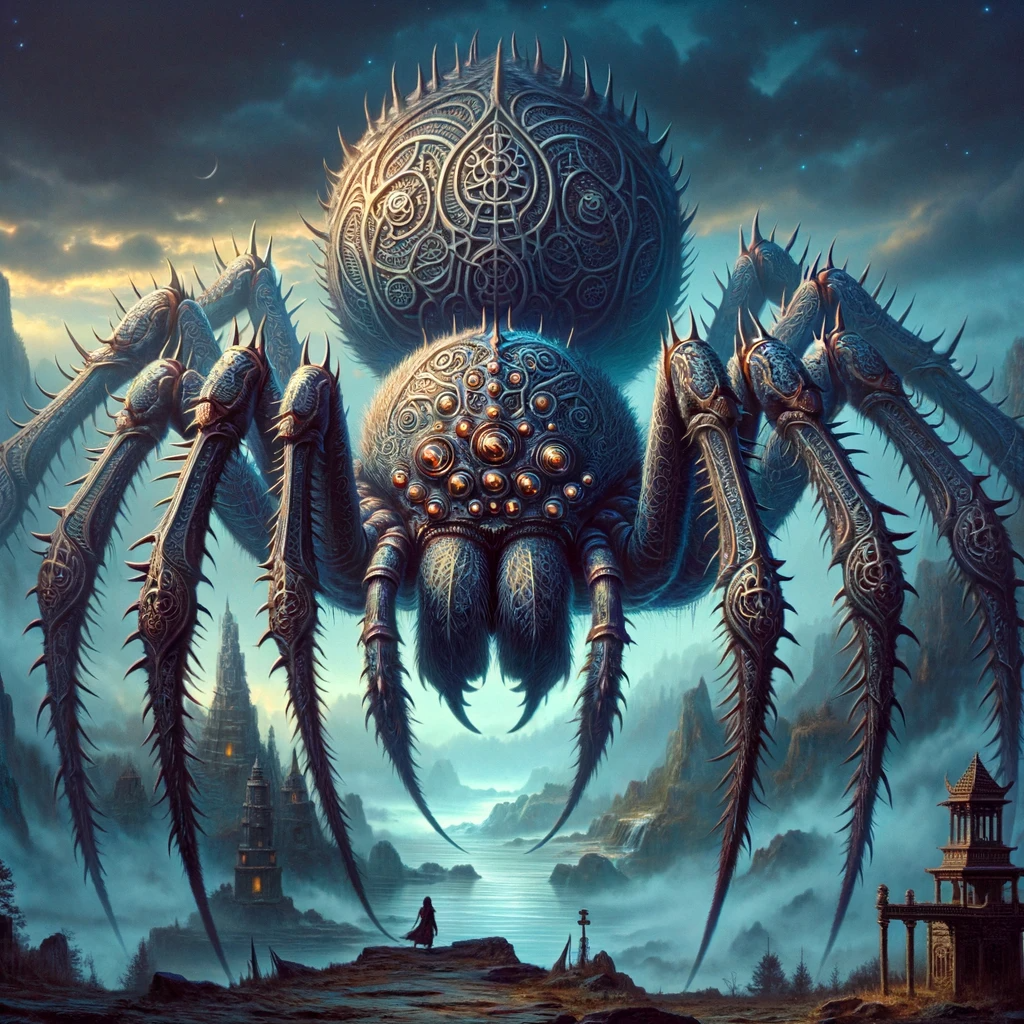
The spider deity Kutkhe, or K’ut’k’hu from the myths of the Svan people, an ethnic subgroup of the Georgians living in the Svaneti region of Georgia. This deity’s origins and attributes provide a fascinating glimpse into the rich tapestry of Caucasian mythology, distinct from the more commonly known Slavic mythological traditions. Origins and Cultural Context…
-
Araña
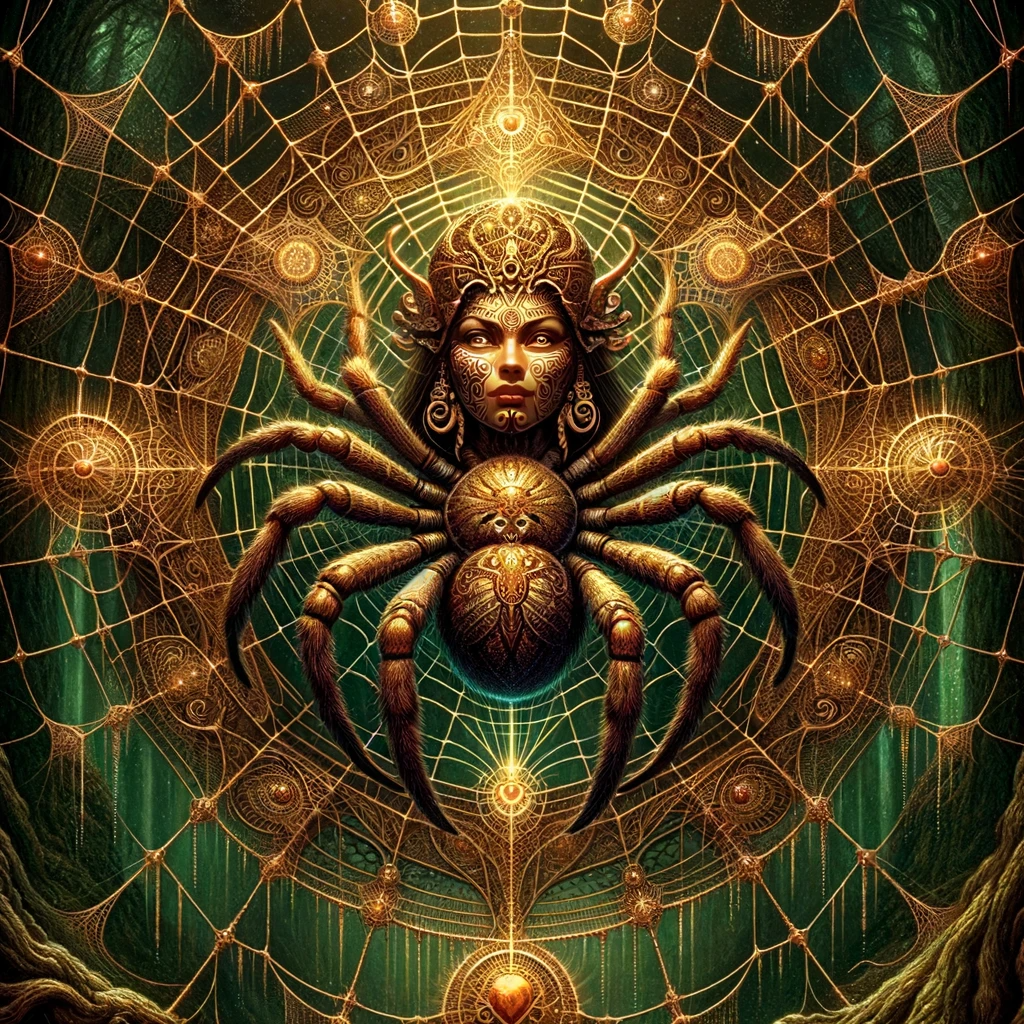
Araña, or the Spider Queen, is a deity in Indigenous South American mythology, known by various names such as La Arana Reyna, La Senora de las Aranitas, and La Reina de las Aranas. She is often represented by a female spider on her web and is believed to have powers associated with good luck, protection,…
-
Rongo
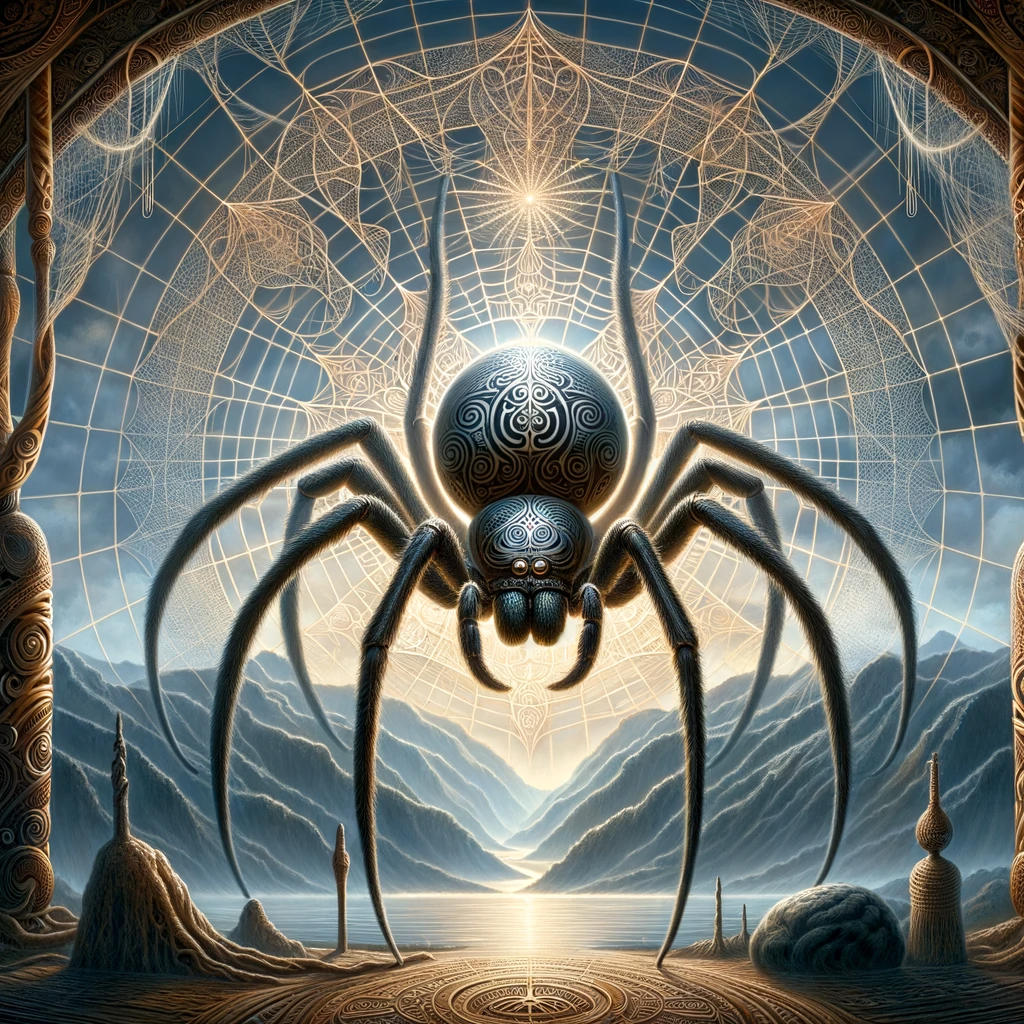
Rongo, the Spider Deity of Maori Mythology, is a fascinating and lesser-known figure in the rich tapestry of Maori lore. Rooted deeply in the spiritual and cultural heritage of the Maori people of New Zealand, Rongo presents a unique blend of natural reverence and mythological symbolism. Origins and Significance Rongo is not a mainstream deity…
-
Gagakputunum
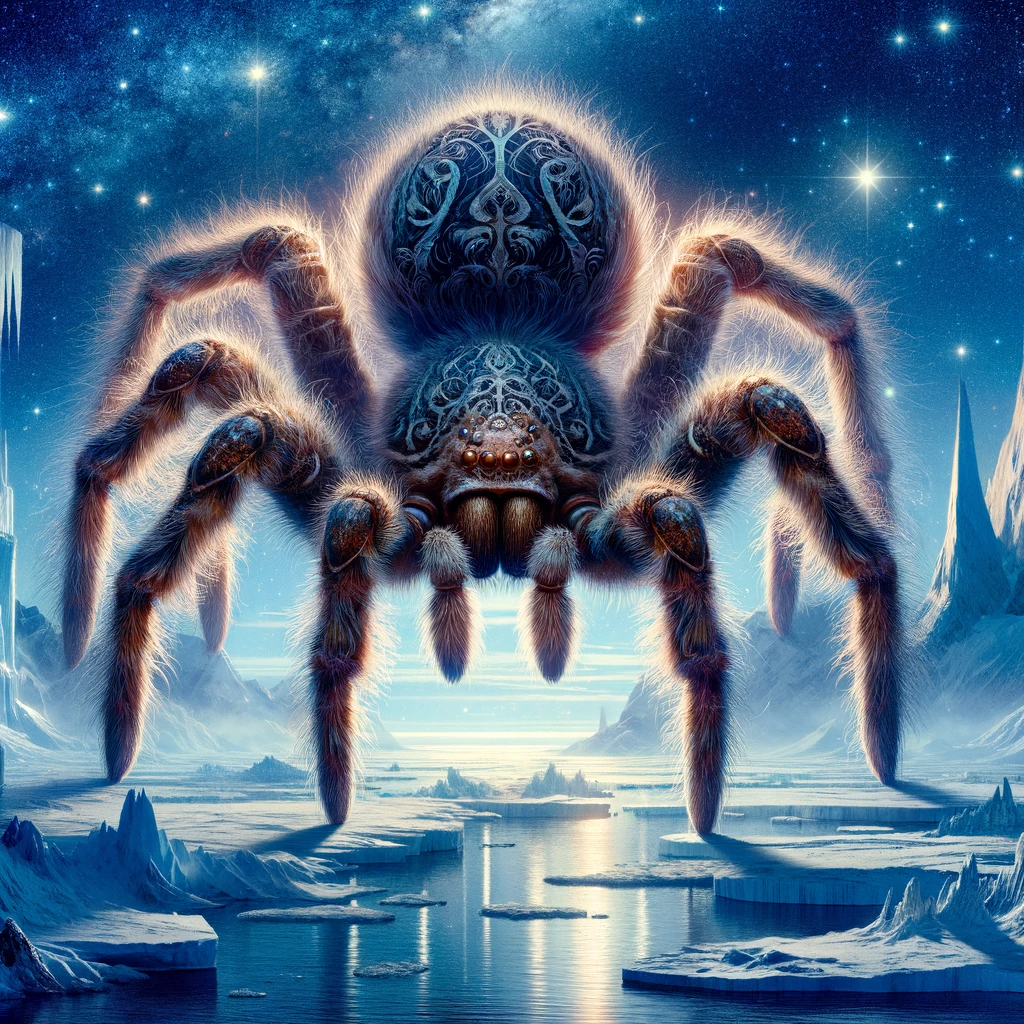
The spider deity Gagakputunum from Inuit mythology is a lesser-known figure in the rich tapestry of Inuit spiritual beliefs and legends. Inuit mythology, which originates from the Arctic regions inhabited by the Inuit people, is a complex system of beliefs and stories that reflect the harsh and beautiful environment in which they live. Gagakputunum, in…
-
Bagkhu
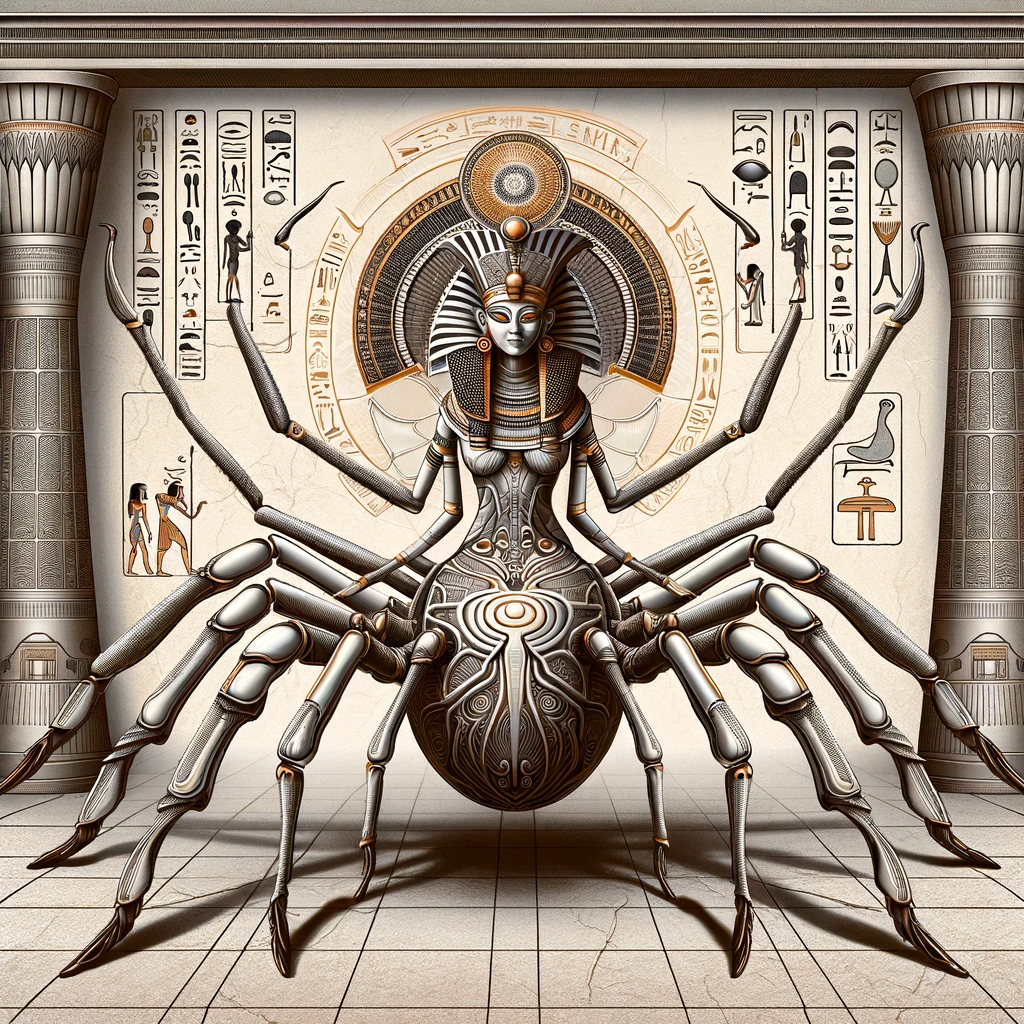
Bagkhu, a lesser-known deity from ancient Egyptian mythology, represents a fascinating blend of the mysterious and the mystical in the rich tapestry of Egyptian religious beliefs. Unlike the more prominent gods and goddesses such as Osiris, Isis, and Ra, Bagkhu has remained relatively obscure in historical texts, leaving much to interpretation and scholarly conjecture. Origin…
-
Tsuchigumo
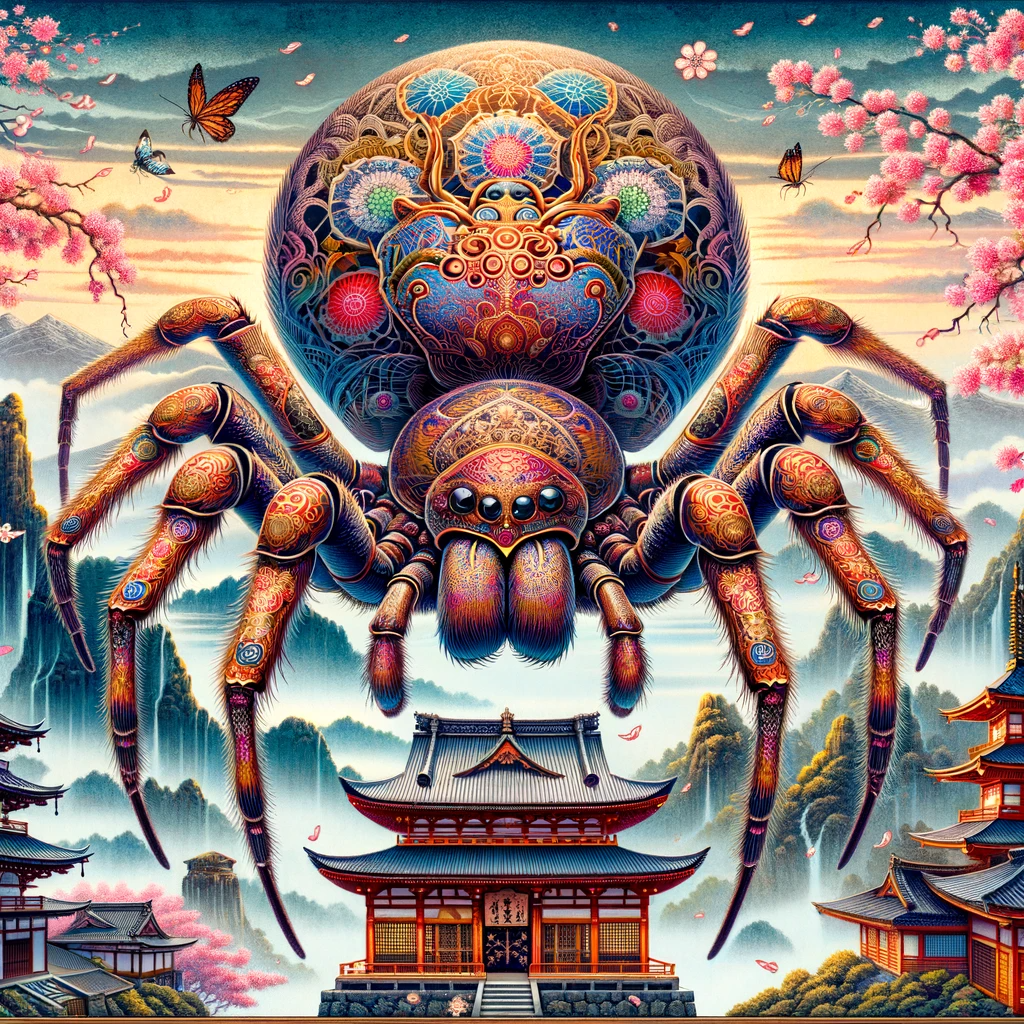
Tsuchigumo, a mysterious and intriguing figure in Japanese folklore, encapsulates the rich tapestry of myth and legend that Japan is known for. This mythical entity, often depicted as a spider, has a deep and complex history, weaving its way through various aspects of Japanese culture. Origins and Mythology Tsuchigumo, literally translating to “earth spider,” finds…
-
Iktomi
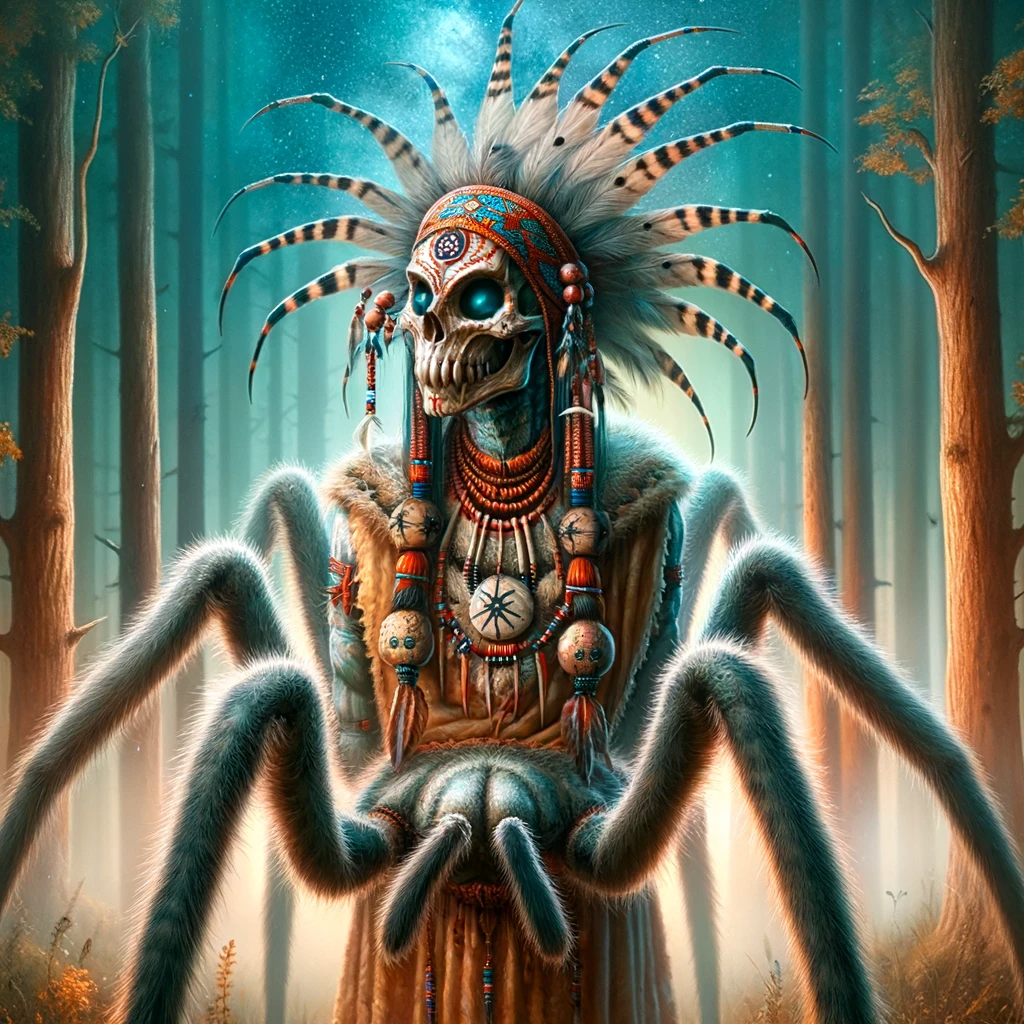
Iktomi, a central figure in Lakota Sioux mythology, is a fascinating and complex character. Often depicted as a spider, Iktomi is known as a trickster deity, akin to figures in other indigenous cultures, such as Coyote in Navajo mythology or Anansi in African folklore. Origin and Significance Iktomi, whose name means ‘spider’ in Lakota, is…
-
Jorogumo

The spider deity Jorogumo, a captivating figure in Japanese folklore, embodies a unique blend of mystery, allure, and terror. Originating from ancient Japanese mythology and folklore, Jorogumo, which literally translates to “binding bride” or “whore spider,” is a mythical creature known for its shape-shifting abilities and cunning nature. Mythological Origins and Descriptions Jorogumo is often…